Integrating MetaMask with Your Website: A Step-by-Step Guide
As more people become familiar with blockchain technology and decentralized applications (dApps), the demand for secure and user-friendly wallets like Metamask has increased significantly. However, integrating MetaMask with your website can be a bit challenging if you're not tech-savvy. In this article, we'll walk you through how to let users login to their Metamask wallet on mobile devices and return their public address.
Why Use Window.ethereum?
Before diving into the implementation, it's essential to understand why using window.ethereum is a good idea. This approach allows your website to interact with MetaMask without requiring users to install an extension or navigate to MetaMask's login page. By doing so, you can:
- Reduce the number of potential security vulnerabilities
- Simplify the user experience for both you and your users
- Ensure compliance with web standards and best practices
Step 1: Set Up MetaMask on Your Website
To integrate MetaMask with your website using window.ethereum, follow these steps:
Step 1: Add the MetaMask JavaScript library to your HTML file
Add the following code to your HTML file to include the MetaMask JavaScript library:
This code will display the user's Ethereum account address when they successfully log in to your website using MetaMask.
Conclusion
By following these steps, you can integrate MetaMask with your website and allow users to login to their Metamask wallet on mobile devices. This approach provides a secure and user-friendly experience for both you and your users, while also ensuring compliance with web standards and best practices.
